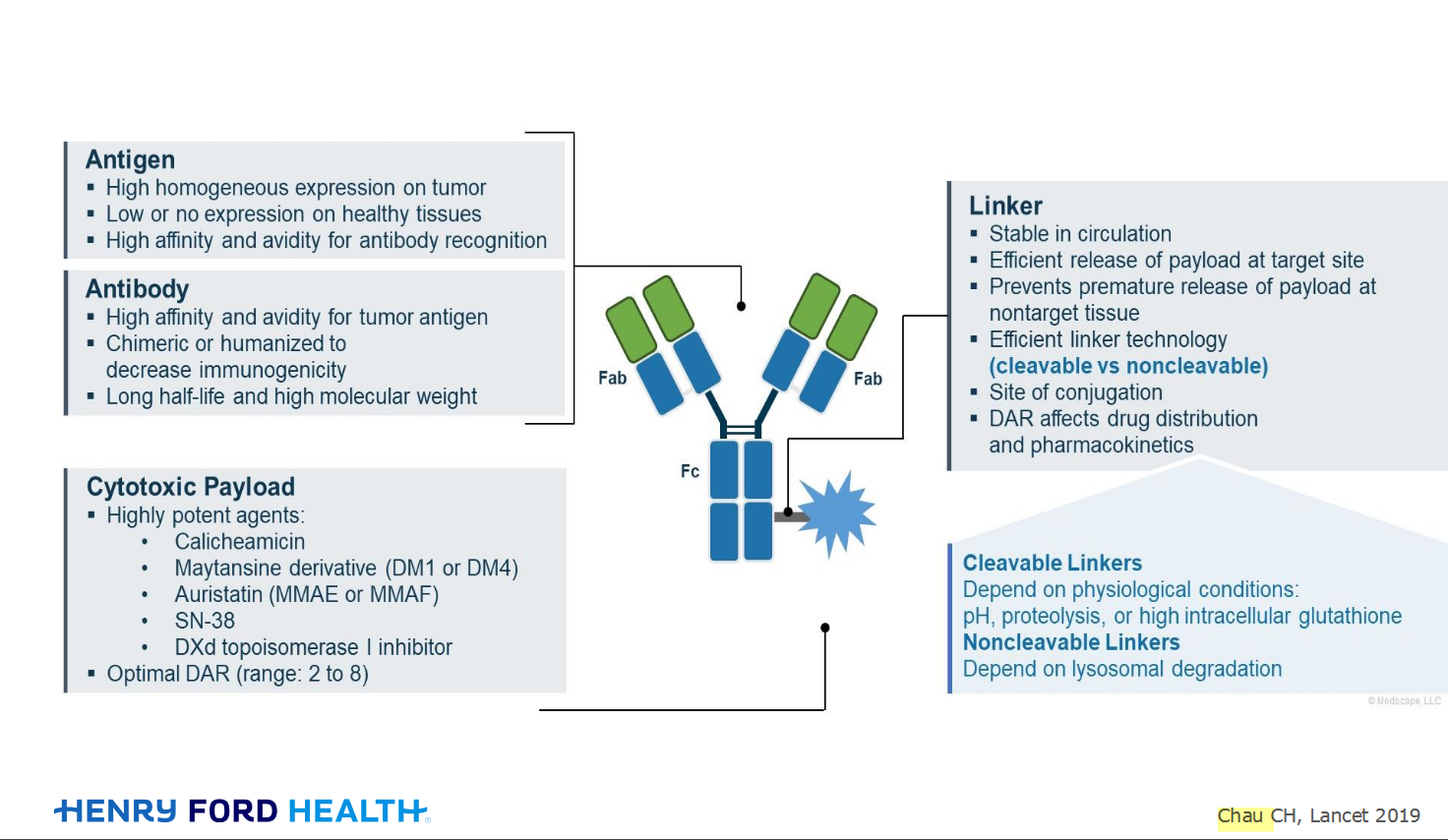Welcome!
Welcome to the new CancerGRACE.org! Explore our fresh look and improved features—take a quick tour to see what’s new.
Tumor cavitation has been one of the issues we really haven't discussed but that has been a challenging question as we test more and more anti-angiogenic drugs, which target the tumor blood supply, in the setting of lung cancer. Since we started testing these agents, we've noticed that in addition to sometimes increasing the rate of tumor shrinkage, many patients who receive anti-angiogenic drugs develop cavitation, or a response on the inside of the tumor that leaves the rim of the tumor intact, as shown here:
(Click on image to enlarge)
There are a few key points here. First, while we think these cavitating tumors represent a nice response (from the inside of the tumor out), when the outer dimensions of a measurable tumor don't change, it's considered stable disease and not a response. Consequently, many of us think that our current way of measuring response underestimates the real anti-tumor activity of drugs that cause tumor cavitation, contributing to our growing sense that tumor shrinkage may not tell enough of the story of the potential benefit of a drug.
A second key issue is the concern that tumor cavitation may be associated with a higher risk of a cancer bleeding. While most clinical trials with anti-angiogenic drugs like avastin (bevacizumab) and sutent (sunitinib) don't exclude patients with cavitating tumors from enrolling, and they also don't tend to require patients to come off of trials with such agents if they develop cavitation during treatment on the trial, many of us become a little nervous about patients perhaps having a higher risk of pulmonary hemorrhage if they cavitating lesions, based on a sense that perhaps cavitation is an important predictive factor. One issue is that we generally have felt that squamous tumors are far more likely to cavitate, with or without anti-angiogenic drugs, and squamous histology has been a factor commonly implicated in increased risk of bleeding. But a new publication from investigators at the MD Anderson Cancer Center (MDACC) in Houston (abstract here) helps characterize the frequency and level of risk associated with tumor cavitation among patients who received anti-angiogenic agents, rather than just speculate.
The study was a retrospective review of 124 patients from MDACC who were enrolled in any of 10 different trials there over several years. Some of these excluded patients with squamous tumors, following the approach with avastin, but others included patients with all histologies. One key point was that cavitation isn't rare, present in 13% of the patients before starting treatment, and then developing in another 14% of patients during treatment in these trials; the median time to developing cavitation was 1.8 months. Although significantly more common in patients with squamous tumors, some patients with adenocarcinomas also had cavitation at baseline or developed it during treatment. But the most important factor was that tumor cavitation was not associated with a worse prognosis, but rather was comparable for both progression-free and overall survival on anti-angiogenic drugs; it also wasn't associated with a clearly increased risk of life-threatening or fatal pulmonary hemorrhage. Although there were a few bleeding deaths, they also occured rarely in patients who did not develop cavitation, with no clear signal that cavitation escalated the risk.
With results from just one institution, we don't yet have definitive information about whether it is advisable to stop anti-angiogenic therapy once a patient shows cavitation of their tumor. But I have patients for whom I have been reluctant to direct them to clinical trials with newer anti-angiogenic agents because they have cavitation of lung tumors. This report sheds some light on this issue and suggests that it would be a mistake to be overzealous in directing patients with cavitating tumors away from such trials based on a worry about risk that may not be justified. I hope we learn more about this, but it's helpful just to get this level of guidance on an issue that many of us have struggled with over the past couple of years.
Please feel free to offer comments and raise questions in our
discussion forums.
Hi app.92, Welcome to Grace. I'm sorry this is late getting to you. And more sorry your mum is going through this. It's possible this isn't a pancoast tumor even though...
A Brief Tornado. I love the analogy Dr. Antonoff gave us to describe her presentation. I felt it earlier too and am looking forward to going back for deeper dive.
Dr. Singhi's reprise on appropriate treatment, "Right patient, right time, right team".
While Dr. Ryckman described radiation oncology as "the perfect blend of nerd skills and empathy".
I hope any...
My understanding of ADCs is very basic. I plan to study Dr. Rous’ discussion to broaden that understanding.

Here's the webinar on YouTube. It begins with the agenda. Note the link is a playlist, which will be populated with shorts from the webinar on specific topics
An antibody–drug conjugate (ADC) works a bit like a Trojan horse. It has three main components:

Welcome to the new CancerGRACE.org! Explore our fresh look and improved features—take a quick tour to see what’s new.